Golf Course Membership in New Jersey: Costs, Types, and Benefits Explained
Golf course membership combines playing privileges, clubhouse access, and community benefits into a single ongoing relationship with a club or course. This guide explains the common membership types found across New Jersey, typical cost structures including initiation fees and annual dues, and the practical benefits members receive from access to practice facilities, events, and reciprocal privileges. Many players and families wrestle with tradeoffs between pay-as-you-play green fees and committing to a membership that requires upfront and recurring payments; this article breaks down those tradeoffs and shows how to evaluate total cost and value. You’ll get clear definitions of equity vs non-equity models, a granular breakdown of likely fee categories to watch for, guidance for choosing the right membership for your lifestyle, and an overview of environmental and economic considerations relevant to local clubs. Where relevant, this article also notes how Bella Vista Country Club appears among local options and how to verify club-specific offerings through a club’s membership section.
What Are the Different Types of Golf Course Memberships in New Jersey?
A membership type defines who can play, when they can play, and what facilities they can access; clubs classify memberships to match diverse member needs and revenue strategies. Different membership classes balance access, price, and privileges: equity models grant ownership stakes and voting rights, while non-equity options focus on access without ownership; weekday and family plans limit access or expand household inclusion to meet lifestyle needs. Understanding these categories helps prospective members match their play frequency, family situation, and budget to the right offering. The comparison table below summarizes common membership types, primary access/restrictions, and the typical member profile that fits each option.
| Membership Type | Access / Restrictions | Typical Fit |
|---|---|---|
| Full Golf Membership | Unlimited tee times, full course access, tournament eligibility | Regular players and competitive members |
| Weekday Membership | Play restricted to Monday–Friday or off-peak times | Retirees, weekday players, limited weekend availability |
| Family Membership | Spouse and dependent children included under one plan | Households with juniors or shared family play |
| Junior Membership | Age-limited rates and access restrictions for young golfers | Young players developing skills and competing locally |
| Social Membership | Clubhouse access, dining, pools, limited or no golf privileges | Non-golfing partners, social members, event attendees |
| Corporate Membership | Shared rounds, invoicing for company employees/clients | Businesses seeking hospitality and client entertainment |
This table clarifies how membership types map to access and who they help; next we’ll contrast ownership models that affect long-term financial considerations.
What Is the Difference Between Equity and Non-Equity Memberships?
Equity membership makes the member a part-owner of the club, typically offering voting rights, a share in capital reserves, and potential resale value tied to the club’s membership market. Non-equity memberships generally provide playing and amenity access without ownership, meaning initiation fees are treated as revenue rather than transferable equity and the club retains control over membership rules and pricing. Financially, equity memberships can carry higher initiation fees but may convey governance influence and the possibility—though not guaranteed—of recovering some value on resale, whereas non-equity models often offer more flexible programmatic changes at the club’s discretion. Understanding governance and resale expectations is critical when choosing between these models, because the long-term financial implications and member influence differ substantially.
What Are Full Golf, Weekday, and Family Membership Options?
Full golf membership typically grants the broadest access: priority tee times, tournament eligibility, and full clubhouse privileges for the member and often a spouse. Weekday or off-peak memberships reduce price by limiting weekend access or prime-time slots, which fits members who primarily play during standard workweek hours or retirees seeking value. Family plans bundle access for spouses and dependent children, sometimes with age cutoffs for junior inclusions, and can significantly lower per-person cost for active families compared with separate adult memberships. When comparing these options, consider your typical round frequency, household composition, and whether youth development or competitive play for juniors is a priority.
How Do Junior, Social, and Corporate Memberships Work?
Junior memberships typically have age-based eligibility (for example, youth to mid-20s) and provide access at reduced rates with protections around tee time blocks and coaching programs. Social memberships focus on clubhouse amenities—dining, social events, fitness, pool—without full golf privileges; they are priced to encourage non-golf social participation. Corporate accounts allow a company to buy a pool of rounds or member slots for clients and employees, often with invoicing and restricted transferability; these are priced and structured to facilitate business entertaining and employee benefits. Each of these types serves a distinct audience and can be tailored by clubs to local market demand.
How Can Comparison Tables Help Choose the Right Membership?
Comparison tables condense complex variables—costs, access times, guest policies, and amenities—into a side-by-side format that makes tradeoffs visible and quantifiable. A well-constructed comparison should include columns for initiation fee, annual dues, peak-time access, guest fees, and notable amenities so you can weight what matters most to you when choosing. Using a table helps identify which hidden fees or access restrictions materially change the value proposition between two seemingly similar tiers. After reviewing table options, request a written membership summary from any club to confirm current terms before committing, since pricing and policies can change over time.
What Are the Key Benefits of Joining a Golf Club Membership?
A golf club membership bundles repeatable access, training and practice resources, clubhouse services, and social programming into a consistent value proposition that can improve playing skill, social connections, and lifestyle convenience. Members gain priority tee times, dedicated practice facilities—including driving range and short-game areas—and often structured instruction or clinics that accelerate improvement. Beyond play, clubhouse amenities, dining events, and member-led leagues create networking and family-friendly opportunities that extend value beyond the course. The table below maps typical membership benefits to who they help and the tangible outcomes members experience.
| Benefit | Who It Helps | Tangible Outcome |
|---|---|---|
| Unlimited play / priority tee times | Frequent players | More practice -> faster handicap improvement |
| Practice facilities & pro instruction | Developing players | Measurable skill gains and confidence |
| Clubhouse dining & events | Social members/families | Stronger community ties and social networking |
| Reciprocal privileges | Traveling members | Access to partner clubs regionally |
These benefits illustrate how membership converts facility access into measurable outcomes such as improved performance, stronger local relationships, or easier entertainment options; next we’ll unpack how specific benefits produce those outcomes.
How Does Unlimited Play and Priority Tee Times Enhance Membership Value?
Unlimited play and priority tee times reduce friction for practice and competition by guaranteeing access during preferred time windows, which increases the hours a player spends on the course and practice facilities. Regular access translates into higher repetition, allowing focused drills and more tournament-style rounds that accelerate handicap reduction and shot consistency. For working professionals, priority scheduling avoids weekend bottlenecks and preserves free time, making membership time-efficient. Understanding how guaranteed access converts into practice volume helps quantify the membership’s sporting value compared with pay-as-you-play alternatives.
What Clubhouse Amenities and Practice Facilities Are Included?
Typical clubhouse amenities include dining rooms, private event spaces, locker rooms, fitness centers, and sometimes pools or tennis facilities; these amenities enhance lifestyle value and provide year-round club engagement beyond the golf season. Practice assets generally include a driving range, short-game area, putting green, and teaching studios where club pros offer lessons and swing analysis. The presence and quality of these facilities directly influence membership pricing and user satisfaction—members who value instruction or family activities should weigh facility availability heavily when comparing clubs. Confirm amenity access and any usage restrictions during the membership inquiry process.
How Do Social Events and Networking Opportunities Add Value?
Clubs organize dinners, charity tournaments, member socials, and business networking events that facilitate relationship-building in a curated environment where shared interests create conversation catalysts. These programmed interactions help members expand local networks, host client entertainment, and engage family members through youth programs and social calendars. For many members, the social calendar is as important as on-course access because it provides recurring opportunities to deepen friendships and conduct informal business in a relaxed, private setting. Reviewing event frequency and typical attendance gives a sense of club culture and networking potential.
What Reciprocal Privileges and Discounts Are Available?
Reciprocal privileges grant members access to partner clubs—often regionally or nationally—under prearranged terms, expanding playing options when traveling and increasing the effective value of a home membership. Common discounts include reduced rates on lessons, merchandise, dining, and guest fees; these savings accumulate over time and can offset dues for active members. Verify reciprocity lists and discount categories before joining, and ask whether reciprocal access requires advance booking or has blackout dates. Confirming these practical details helps quantify membership ROI for travel-minded or discount-conscious members.
How Much Does a Golf Club Membership Cost in New Jersey?
Membership cost bundles initiation fees, annual dues, and recurring ancillary charges; understanding how each component functions clarifies the true annual cost of membership. Initiation fees reflect entry and sometimes equity purchase, while annual dues cover operating costs and access rights; together they form the bulk of membership expense, with cart fees, food minimums, and locker or assessment charges adding variable costs. The EAV table below breaks down common fee types, typical ranges, and practical notes to help you budget and compare offers across New Jersey clubs.
| Fee Type | Typical Range | Notes |
|---|---|---|
| Initiation fee | Varies widely by club prestige and equity status | Drives initial cash outlay; may be financed |
| Annual dues | Moderate to high depending on amenities | Paid monthly or annually; covers operations |
| Cart fees & guest fees | Per-round or per-person charges | Recurring variable cost per play |
| Food & beverage minimums | Seasonal or monthly minimums | Ensures clubhouse revenue; affects net cost |
After reviewing fee categories, members should ask for a full written estimate that includes sample annual scenarios (e.g., X rounds/year) so the effective cost per round and per-member value are transparent.

